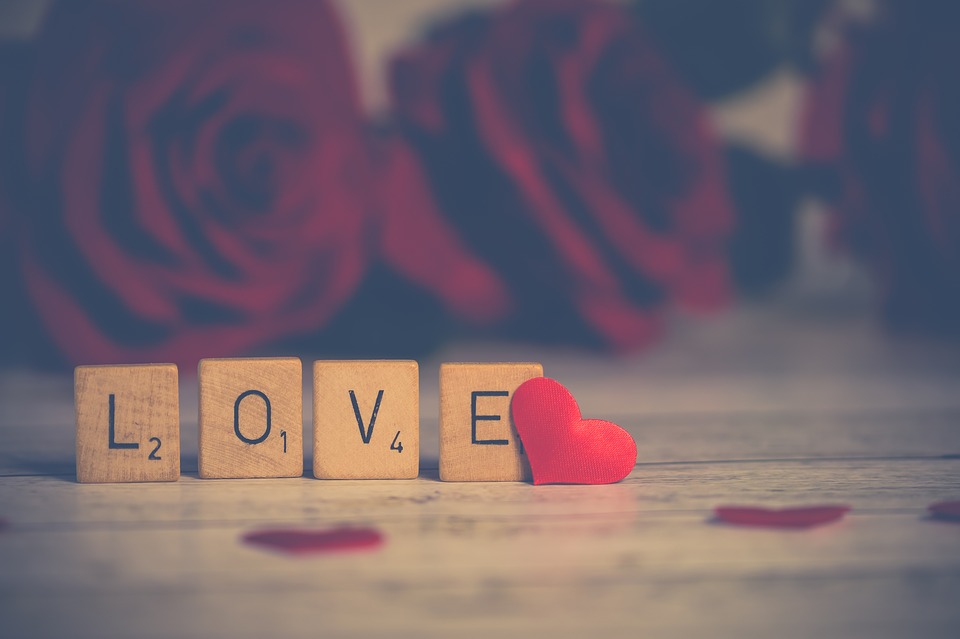
I don't know where someone might find the statistics on this, but I would be willing to bet that in all the stories told by humans, a good majority of them are love stories or have, at least, love as an essential part. Love that is, in all its variations and colors.
You can go back to the earliest story we know of, the Epic of Gilgamesh, which dates from the 13th to 10th centuries BCE. In it, everything revolves around the love between King Gilgamesh and his best friend, Enkidu. It was, as far as we know, the very first bromance. Forward to Homer's Iliad, a great epic of war, and you'll find that Achilles' love for Patroclus, his closest companion is essential in concluding both the war and the story. And in Homer's Odyssey, Odysseus' love for his wife Penelope survives his ten years fighting in the Trojan War. And his ten years of stunning detours to get back to her after the war.
Shakespeare wrote one of the greatest love stories, Romeo and Juliet. But you'll also find love and romance throughout all his plays—some comedic, some tragic, some historical.
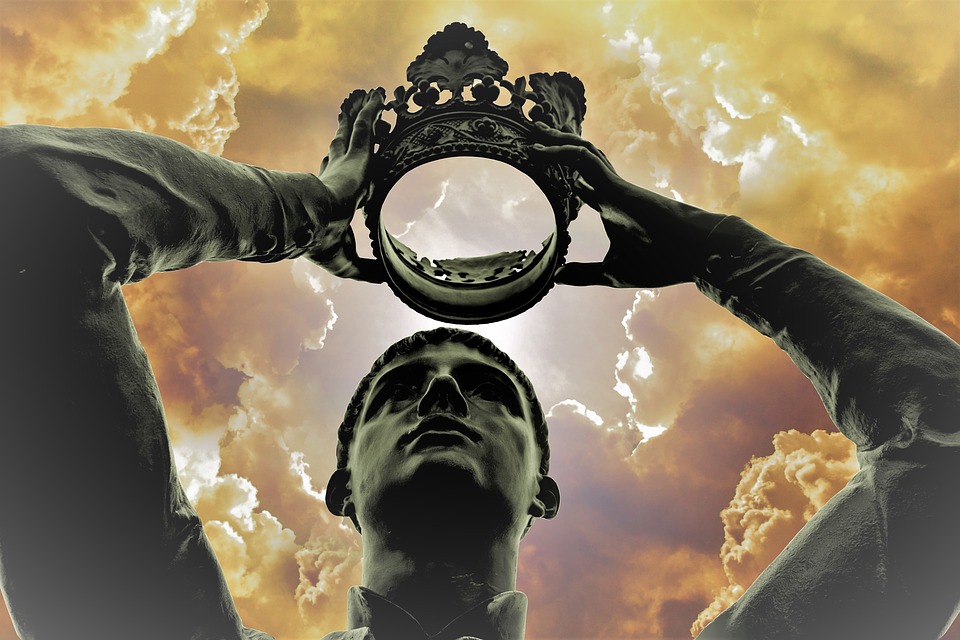
In just six novels published in the early 19th century, Jane Austin set the tone for love stories and romance ever since while setting them squarely in the ordinary domestic world of her time.
And what would the history of our most influential art form today, film, have been without love stories? From rom-coms to bittersweet romances to screwball comedies revolving around fast bantering couples romancing each other through wit and outrageous behavior.
What about today? Love is often the subject or certainly an essential component in novels, films, and TV. Some inform us about love. Some give us a vicarious experience of love—and romance. Even if we're pretty happy in our own loves and romance, it is still a pleasure to experience other people's joy in loving another.

Think about a couple socializing with another couple for the first time. In getting to know each other, what often is the first question one couple will ask the other? "So, how did you guys meet?" This also implies the question of how and why you fell in love. And if the couple is married, exactly how did he (or she) pop the question? There is great satisfaction in other people's love stories. Indeed, it is probably quite natural to want to know. For comparison's sake? For confirmation that, yes, love does exist? For the love of happy stories?
Love does not really make the world go around. But how dismal the daily spinning of our world would be without it.
Are Love and Romance two different things? Of course, they are. Romance is usually the first blush excitement of meeting (whether cute or not), chasing, sometimes verbal sparring, and resolution—hopefully in each other's arms. Love is something more profound, with many facets, and if it is true, more enduring. Not every romance ends in love. And not every love is romantic. But who can deny that there is still elation in the former and satisfaction in the latter? When the two do come together, it is something special that storytellers have been trying to portray and define for ages.
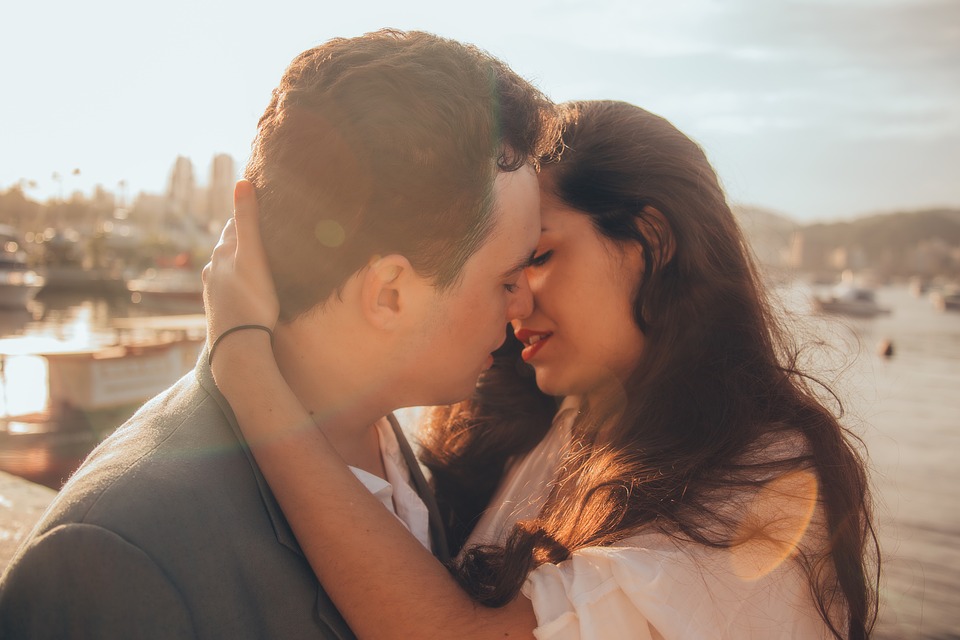
My latest novel, Bully 4 Love, is the second in a trilogy I call my "Love, Sex, and Pursuit of Happiness Novels." They are a trilogy not in story and characters, but rather in theme. All three consider love, sex, and happiness, but each takes just one of those three as its main inspiration. The first novel, By the Sea (2015), has an emphasis on happiness. Bully 4 Love, as you might guess, has love at its core. And the third, The Reluctant Heterosexual, to be published later this year or early next year, deals with, you will not be surprised to learn, sex.
Bully 4 Love is set in the 1990s and a bit beyond. It is narrated by Adolphus, a history professor at Pasadena City College in Pasadena, California (you know, where they do the Rose Parade each New Year's Day). He agrees to teach a nighttime Adult Education class at a local High Schoo
l as a favor for a friend. On the first day of class, the first student to walk in is Lavinia, a radiant beauty fashionably dressed and expensively bejeweled, especially her wedding ring. Adolphus is intrigued at first glance. And even more so when Lavinia shows a hunger for education and a deep interest in history. She's a mystery woman. That first night, after class, he secretly follows her out to the front of the school and watches from a distance as she is picked up by a large man in a big Rolls Royce. He is obviously her husband, judging by the kiss he gives her.
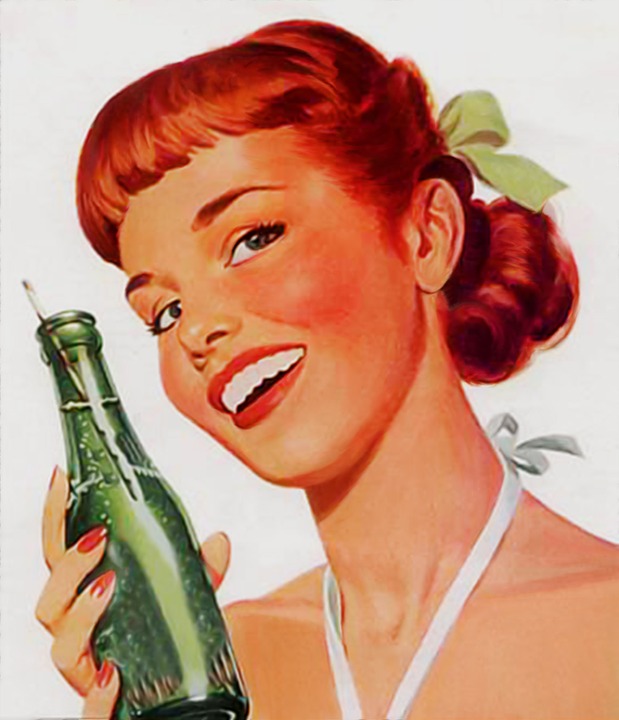
One evening, after class, when Lavinia's husband Eugene is out of town, she and Adlohpus go to a local historic drug store, replete with an old-fashioned soda fountain. Over two of the fountains' famous vanilla malts, Adolphus learns the story of Lavinia and Eugene's romance and marriage. When Lavinia shows Adolphus a photo of Eugene, he almost falls off his little soda fountain chair and has to force himself not to throw up. Lavinia's Eugene Carson is obviously, despite the time that had passed, Adolphus' Gene Pytka, the bane of his high school existence. The bully who daily harassed the young Adolphus. And who committed an act of violence against Adolphus, both weird and traumatic.
And so begins a rather odd love story, at times a comic tale of twists and turns and surprises. An account of love rejected, love ignored, love revealed—and pizza.
So if you like love stories, even rather odd ones, not to mention pizza, take a look at Bully 4 Love.
You can check out Bully 4 Love, By the Sea, and all of Steven Paul Leiva's books in several genres on his MY BOOKS page on his blog.
About the author
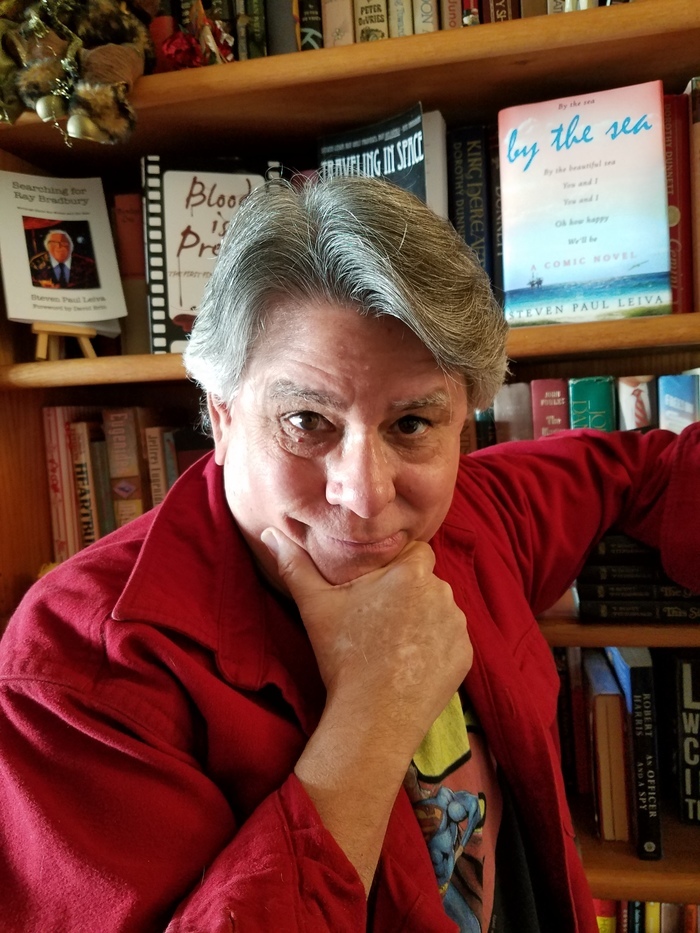
Steven Paul Leiva: Website - Facebook - Twitter - Goodreads - Amazon
Find Deanna around SOCIAL MEDIA:
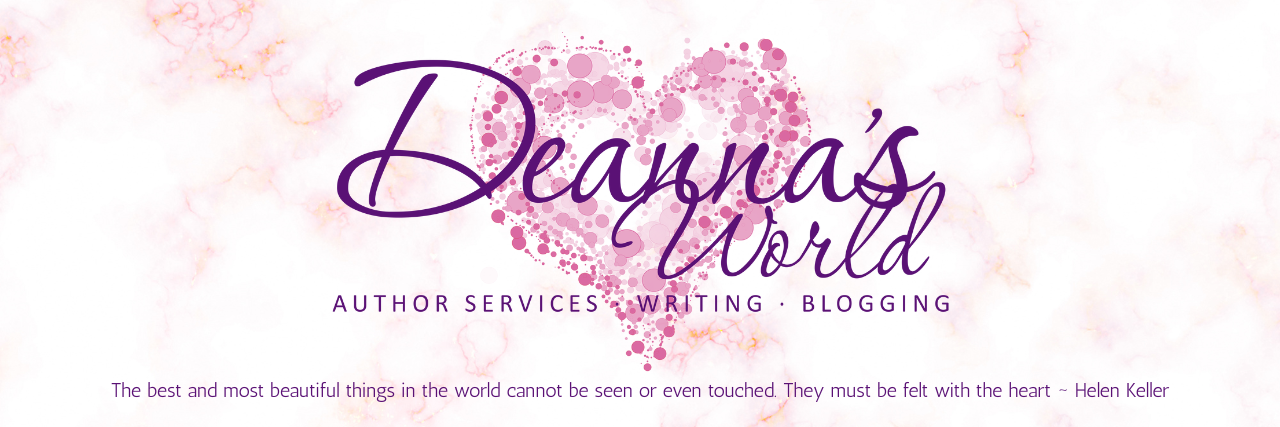

Thanks for hosting me, Deanna!
ReplyDeleteGreat having you visit the bloggity, Steven. Really enjoyed your post and insights. You are welcome back any time.
DeleteThis was so awesome. <3
ReplyDeleteSuch a good post.
Delete